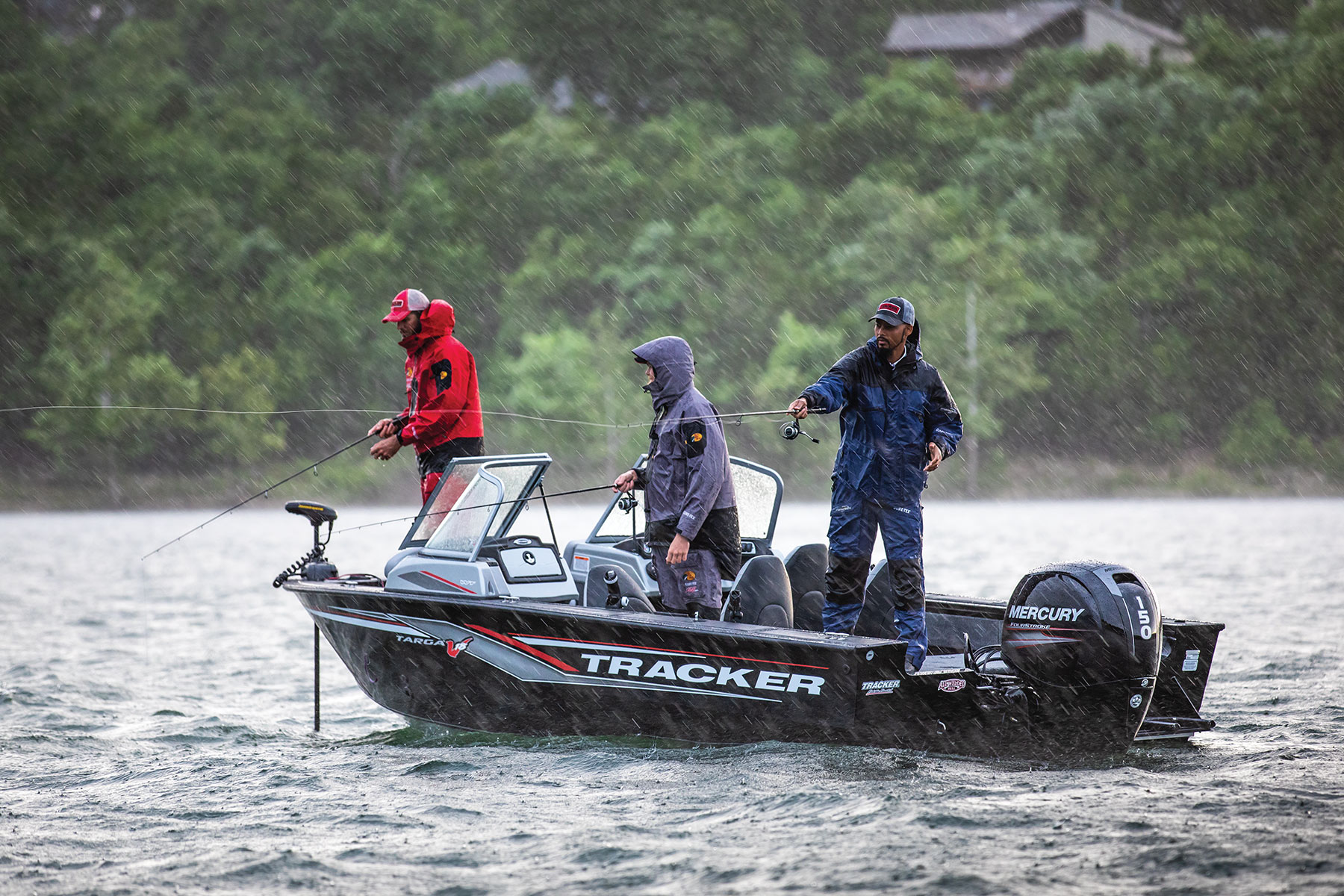Even if you live on the coast, some of the tastiest fish in the sea are not available at the fish market. Why is that so?
The answer is good news for boaters who catch their own saltwater fish to eat.
Some fish cannot be caught in the nets of commercial anglers—they can only be hooked by rod and reel. The extra time, skill and effort is added to the price you pay at the counter.
Why pay $20 a pound for tripletail—hailed by seafood foodies as the tastiest saltwater species of all—when you can catch them yourself? You get the satisfaction of knowing you delivered the food from sea to table. And of course, you enjoy the sporting value of testing your angling skills while adding another fun reason to go boating.
Don’t allow your appetite get the best of you! Save that search for a favorite recipe for later. There are more important things to do first, such as taking care of the catch in the boat. The effort will pay off when you morph from angler to chef. Get started with these care tips and ideas for prepping fish before you cook them. Bon Appetit!
If your boat has a fishbox, fill it at the marina with the following types of ice—in order of availability.
Crushed and shaved ice are best for their quick-chilling properties and ability to keep fish at freezing temperatures. Never use block ice. Plan ahead for how much to use with this general formula—it takes about 2 pounds of ice for every 1 pound of fish to keep them safely preserved. If you don’t plan to use the livewell or you have a storage compartment that can store wet items, you can keep additional bags of crushed ice in them. If using one of the popular rotomolded coolers, it’s wise to fill it up ahead of time. Check out these cooler packing tips here.
Melting freshwater ice can pull the flavor from your catch. Adding a cup or two of ice cream or kosher salt can prevent that from happening. As an added benefit, the salt will bring down the temperature to as low as 28 degrees, without the ice solidifying. The even fresher catch and firmed-up flesh will be easier to fillet back at the marina.
Food prep begins when you land the fish. Dispatch it and if the laws governing your waters allow, remove the gills (or the entire head), and the entrails. If your boat has a freshwater wash-down system, rinse out the abdominal cavity and fill it with ice before placing inside the cooler. If the fishing action is fast and furious, you can save this step for later. The best way to store fish is sideways—not stacked on top of the other—to save space and allow the ice to do its thing.
Follow these tips if the catch of the day needs to be saved for later. The freezer can be friend or foe. Freezer burn occurs when the flesh is dried out—and inedible—due to exposure to cold air. Prevent it by using a kitchen vacuum sealer, and store serving-sized portions in vacuum-sealed bags. Glazing is another option. Place a metal baking pan in the freezer. Dip fillets in salted water and immediately place on the cold baking pan. Slide it back into the freezer. The fish will develop an ice glaze in less than 5 minutes. Repeat the process a couple of times until the fillets develop a thick icy glaze. Place the fillets into zip-up freezer bags, squeezing out any air pockets.
Not all fish are created equal when it comes to cooking. The same fish that is delicious on the grill might not be as tasty from the pan. Seafood chefs know that, and reputable cooking media brands test recipes before reaching the consumer. Experimenting with your own recipe is part of the fun, too, so follow these guidelines for how best to cook your catch.
For grilling – Thin-filleted fish like spotted sea trout can fall apart on the grill, so use care when adding them to the grate. Fish that benefit from smoky flavor are ideal for the grill. Add wood chips or chunks to the grill when cooking thicker-fleshed species like grouper and oily fish like mackerel. The fat or oil content is what yields the prized flaky skin and crisp interior when the fish is smoked.
For baking – Flounder, trout and tripletail are ideal for the oven. The low-and-slow method delivers smooth, soft filets. Add a pat of butter and sprinkle with salt and pepper. Cook them for about 40 or 50 minutes at 250 degrees.
For deep frying – Neutral or oily fish are prime candidates for hot oil. Clean the fillets, dip in egg wash, coat with dry batter and fry.
For pan searing – Seasoned cast iron skillets keep fillets from falling apart. Add a tablespoon or so of olive oil and then the fish. When filleting the catch, leave the skin intact. Cook skin side down to get a crispy outside and creamy flesh.
Check out our list of great saltwater species to hunt here.


